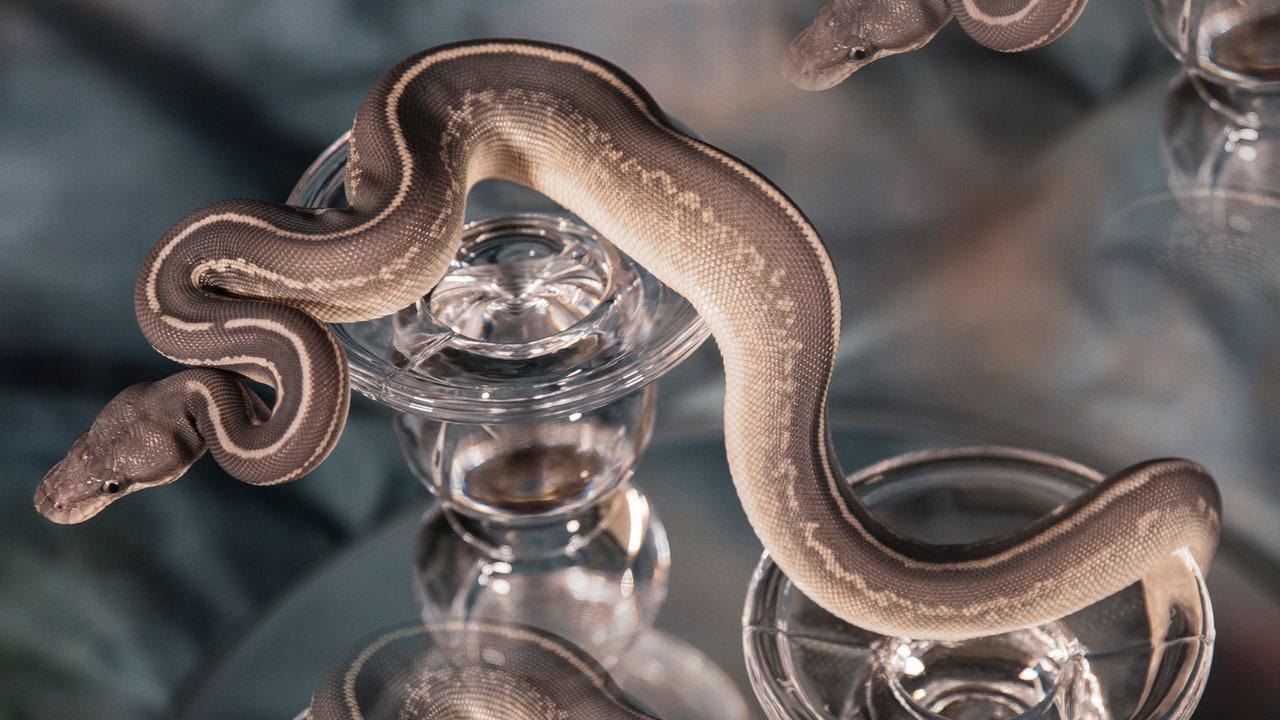The Snake with the Emoji-Patterned Skin

2024-02-19 词
Ball pythons originated in Africa, and in the wild they are typically dark brown with tan patches and a pale underbelly. Those bred for their appearance, as Kobylka’s have been, often have a brighter palette, from soft washes of pastel to candy-colored bursts of near-fluorescence. Their patterns, too, have been transformed: a snake might be tricked out with pointillist dots, or a single dramatic stripe, or colors dissolving into one another, as in tie-dye. One captive-bred ball python’s splotches and squiggles show up only under a black light. These changes reflect genetic mutations, which breeders call morphs. (The term is also used as shorthand for the snakes themselves.) World of Ball Pythons, a repository of information related to breeding, has catalogued more than seven thousand morphs in the past thirty years—though the actual number likely exceeds that by several thousand. “Evolution can go very fast,” the animal-domestication expert and paleobiologist Marcelo Sánchez-Villagra, a professor at the University of Zurich, told me, adding that the variety of “ball pythons may be extreme even among reptiles.” Arguably, no other snake, lizard, or turtle has been so sweepingly restyled by human effort.
免责声明:本文来自网络公开资料,仅供学习交流,其观点和倾向不代表本站立场。